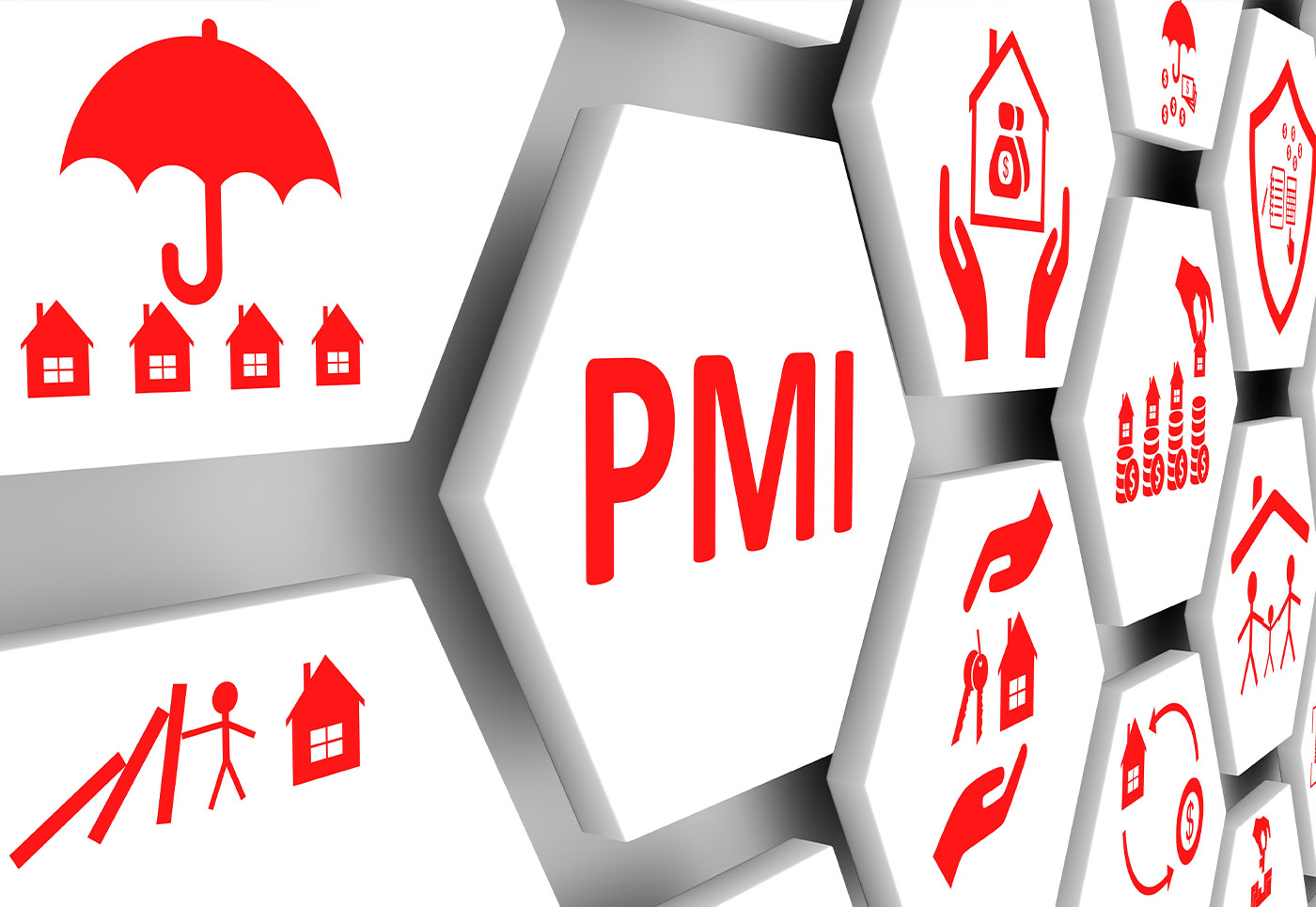
What is PMI?
What is PMI on a Mortgage?
When you are looking to buy a home PMI is one of the potential costs that you will need to consider. “PMI” is an abbreviation for one of the two common types of mortgage insurance, and PMI defined stand for "Private Mortgage Insurance." Read on to see answers to common PMI questions such as:
- When is PMI requiried?
- What is PMI cost?
- When can you drop mortgage insurance?
- Which loans require PMI?
Private mortgage insurance can be included within the structure of a mortgage payment for some types of loans. Getting a home loan with mortgage insurance is one of the costs to consider in looking at low down payment mortgage options.
Answering these detailed questions help you gain a better understanding of PMI and how it impacts your mortgage options:
What is mortgage insurance?
It is important to know what mortgage insurance is, but also what it is not. Mortgage insurance protects the lender in the event that you default on your mortgage loan. If the loan goes into default, mortgage insurance will cover the insured amount on the behalf of the bank.
Mortgage insurance does not protect the homeowner. If you have late payments or missing payments, private mortgage insurance does not protect you from negatively impacting your credit or going into foreclosure.
Do all banks require PMI? Generally yes, PMI on a conventional mortgage is required if the initial down payment is under 20% and PMI payments will be required until your Loan-to-Value ratio reaches 78%.
What are the two types of mortgage insurance?
PMI
Private mortgage insurance is required on conventional mortgages that have less than a 80% loan to value ratio. If you are buying a home and make the minimum down payment for a conventional mortgage of 5%, private mortgage insurance is required. However if you make a 20% down payment or higher, no private mortgage insurance is required.
(Read more below on when you can drop mortgage insurance)
MIP or Guarantee Fee
When you choose a government backed mortgage program like and FHA or USDA mortgage, they require a type of mortgage insurance that is built into the loan structure. FHA loans require a monthly “mortgage insurance premium,” often referred to as MIP. Do USDA loans have PMI? Absolutely, USDA loans also include a guarantee fee that is included in your mortgage payment and provides and insurance policy for the lender servicing your USDA mortgage.
Why is PMI Required?
Mortgage insurance minimizes the risk the lender is taking on mortgages with a low down payment. Loans that are considered at “higher risk” of default require mortgage insurance. If you are making a down payment that is less than 20% of the appraised value of the home, then mortgage insurance will be required for some or all of the loan term.
When is mortgage insurance required?
Conventional mortgages follow the rule that requires private mortgage insurance for mortgages with less than 20% equity. However FHA loans require MIP on the mortgage for most or all of the loan repayment term. USDA loans do require mortgage insurance for the entire loan repayment term.
How can I drop mortgage insurance?
Dropping PMI on Conventional Mortgages
After you have made on-time mortgage payments and the loan to value ratio is at 80% or less, the bank servicing your loan will automatically drop private mortgage insurance form your conventional loan. Some banks that service loans will accept requests to drop the mortgage insurance at an LTV ratio of 78%. Speak with a loan officer at the bank servicing your mortgage about your options to drop mortgage insurance.
How do I stop paying MIP on a FHA loan?
If you make a 10% or greater down payment on an FHA loan the mortgage insurance premium can be removed from the loan after 11 years of on-time mortgage payments. You can discuss removing the MIP with the bank that is servicing your mortgage at that time.
However, the minimum and most common down payment on an FHA mortgage is 3.5%. Paying the minimum down at closing means your loan will have a mortgage insurance premium for the life of the loan. This does not mean that you will have to pay MIP for a full 30 years. You can refinance to a conventional mortgage after you have 20% equity in your home, to drop the mortgage insurance.
Dropping USDA MIP:
To drop MIP on rural development loans refinancing to a conventional mortgage is the only way to stop paying the guarantee fee serving as mortgage insurance on a USDA loan. Can I drop MIP without refinancing? Probably not, but once you hold at least 20% of the value of your home as equity, you can save money by dropping the mortgage insurance and refinancing to a conventional mortgage. This is a popular choice for many homeowners after a few years of building equity with a USDA loan.
Should I avoid paying PMI?
One of the most frequently asked questions we hear about mortgage insurance is whether PMI should be avoided all together. PMI is a cost to consider when getting a mortgage with a lower down payment. Whether the cost of mortgage insurance is less than the cost of waiting to buy, depends on the market.
When is PMI worth it? If home values are going up. It could be a good idea to purchase a home with a 3-5% down payment and refinance your mortgage in a few years. If, on the other hand, home values are remaining steady and you can save for a 20% down payment quickly, it may be a better idea to get a mortgage without PMI.
We are here to help you take a look at the best mortgage options available to you. Ask our mortgage experts more about PMI and how is impacts your potential mortgage options.

